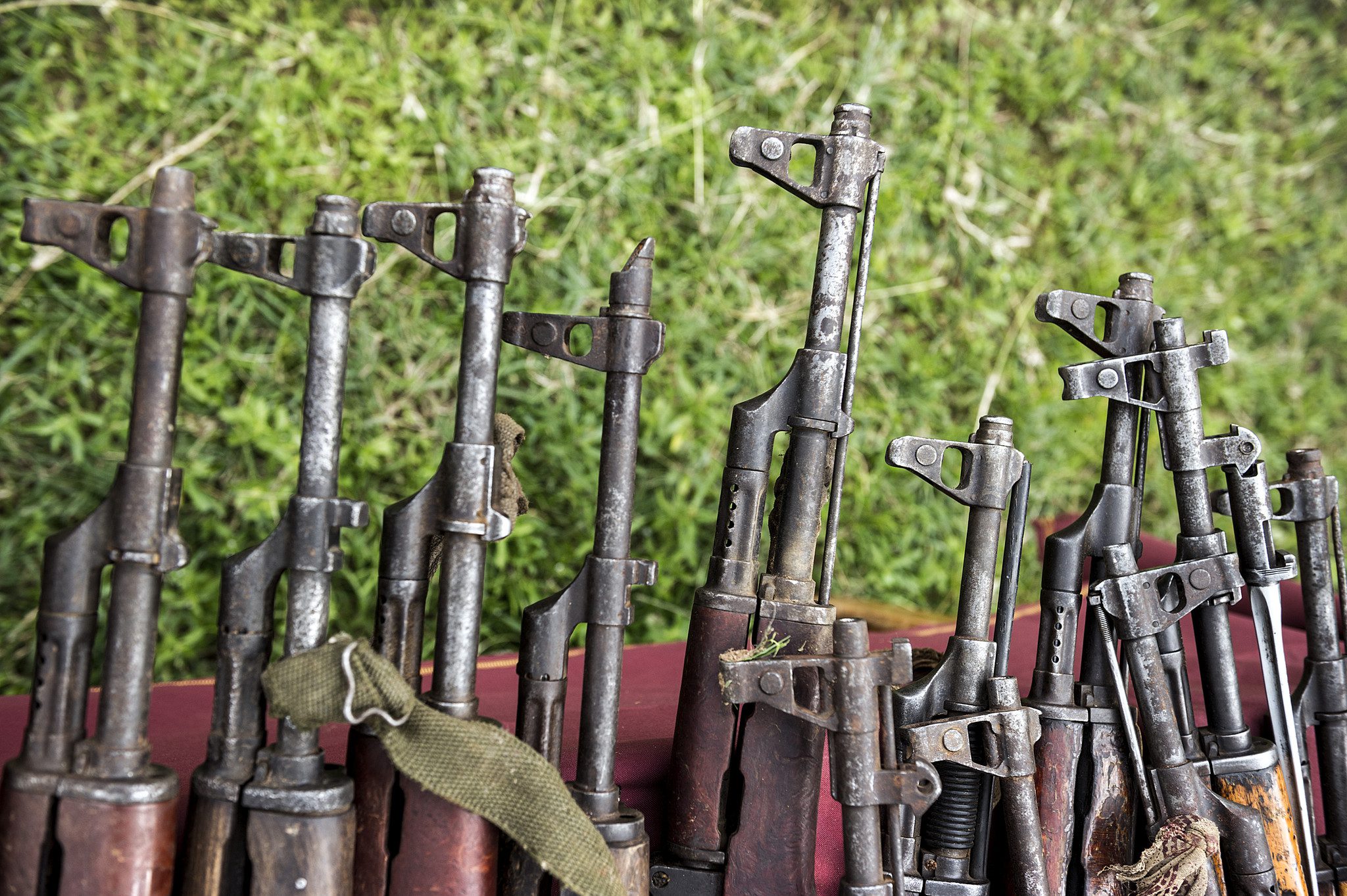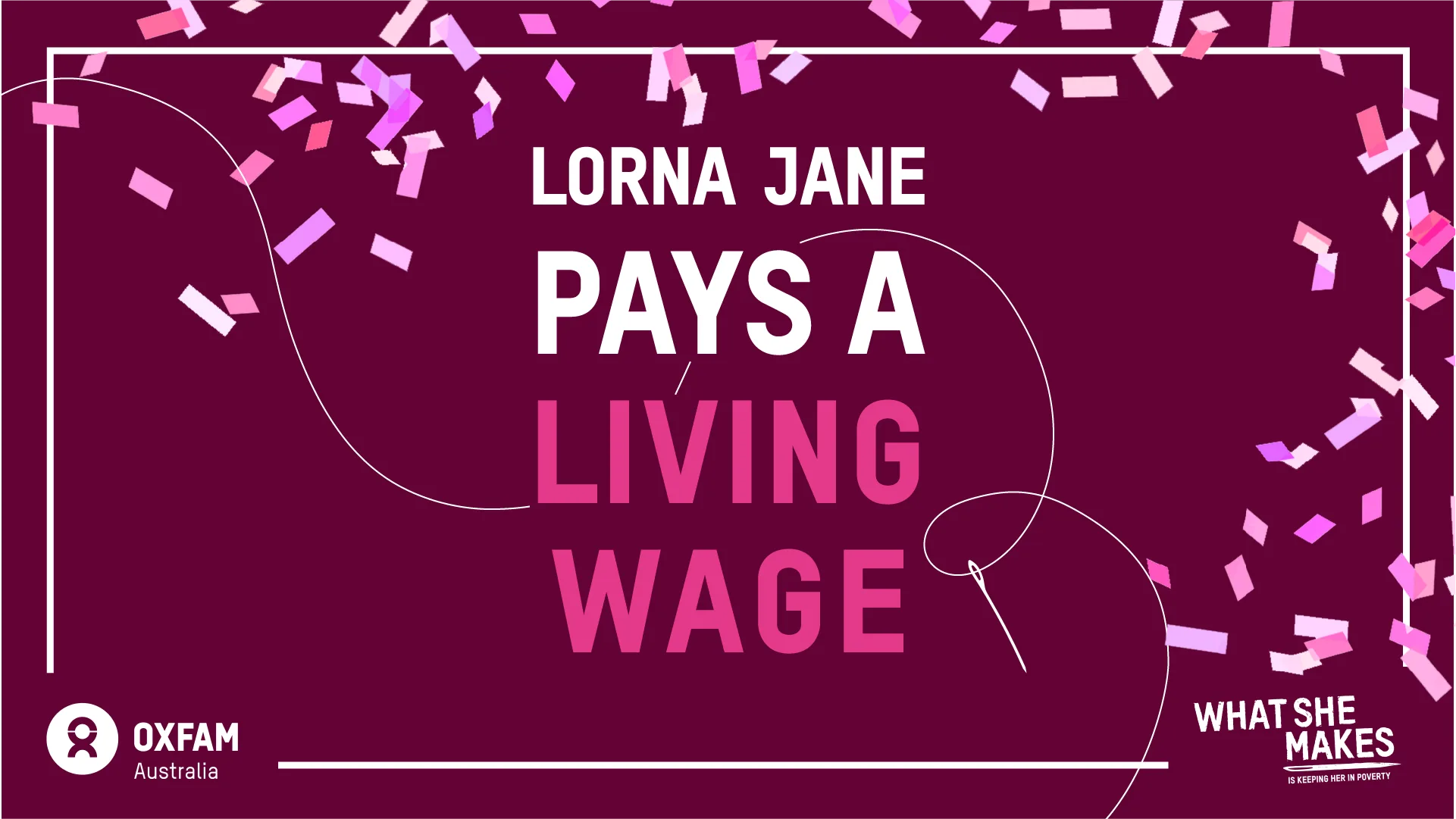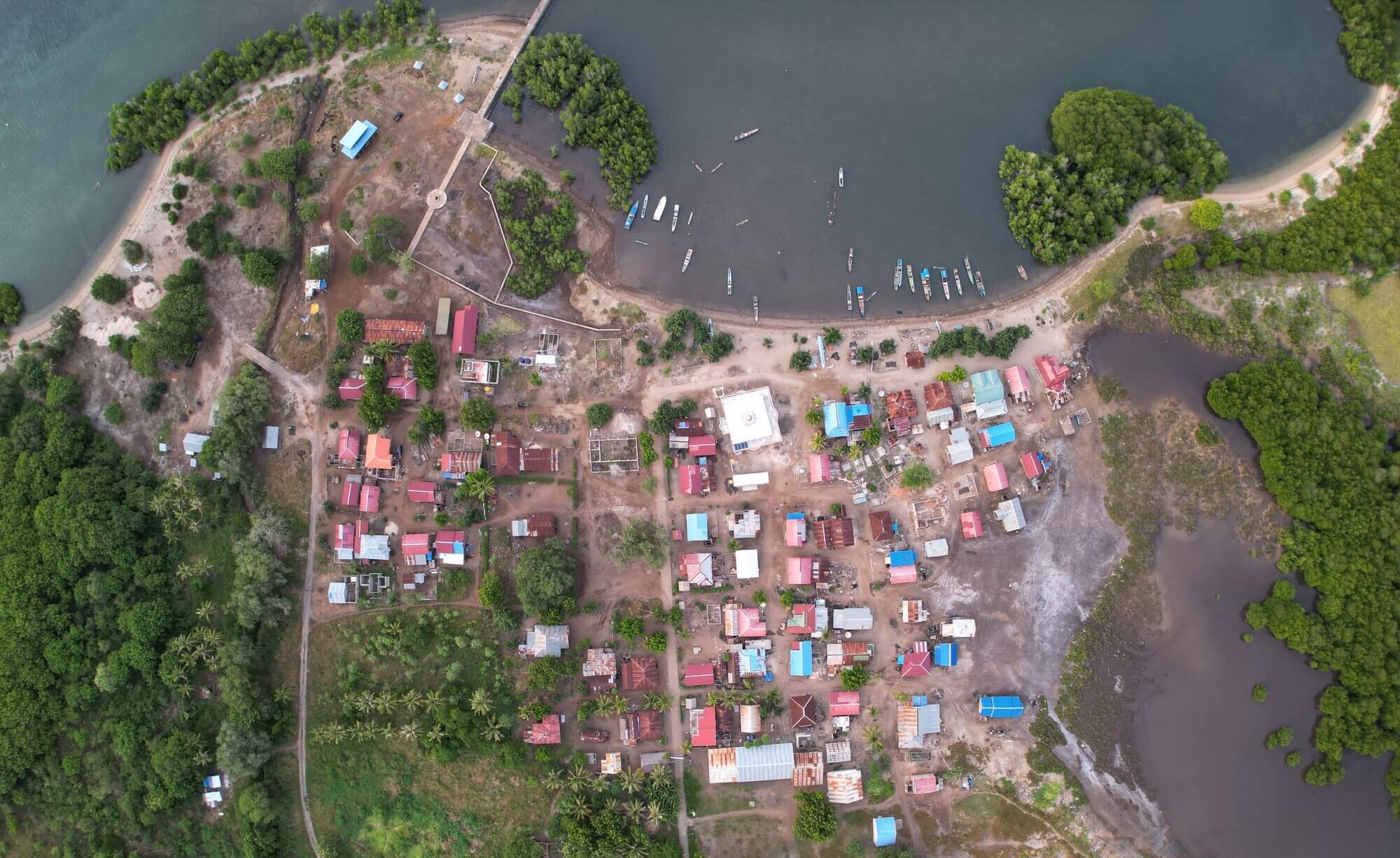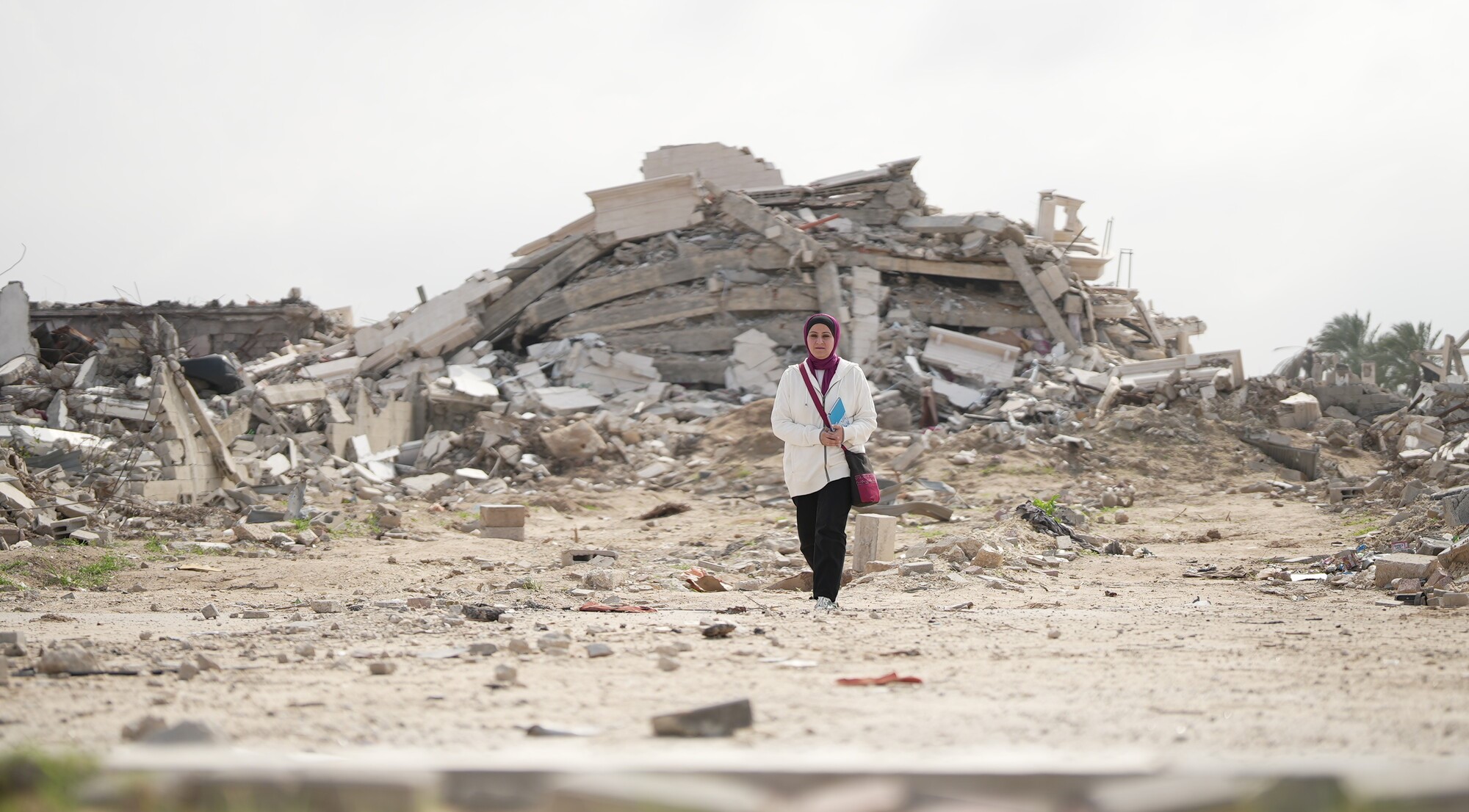This article was written by Oxfam’s Chief Executive Dr Helen Szoke and first appeared on the ABC’s ‘The Drum’ website.
While the Arms Trade Treaty is an important goal, Australia must use its role at the centre of negotiations to help close off any loopholes. A weak treaty could be worse than none at all.
The bloody Syrian civil war has now been raging for two years. Since the uprisings began, nearly 70,000 people have been killed, hundreds of thousands have been wounded, and over a million refugees have fled the country.
Much of this suffering has been fuelled by the continued import of arms – including helicopters, fighter jets and surface-to-air missiles – by the Syrian government and rebel forces. According to the UN, some of these arms played a central role in the government’s crackdown on protesters in 2011.
Despite international outrage, the world has been able to do little to stem this deadly flow of weapons. With the failure of the UN Security Council to impose an arms embargo on Syria, only an incomplete patchwork of national and regional rules exists to prevent arms from ending up in the conflict-torn country, making it all too easy for irresponsible arms transfers to continue slipping through the net.
But all this could change very soon.
For more than a decade, millions of people across the globe have campaigned for a global treaty to bring the poorly regulated international arms trade under control. This goal is now in reach. From March 18, governments of the world will meet at the United Nations to negotiate a legally binding Arms Trade Treaty to effectively control the $60 billion a year international trade in arms.
Eight months ago, the original UN negotiations for an Arms Trade Treaty failed to reach agreement, after the United States and a handful of other countries called for more time to consider the proposal. Following this delay, arms continued to flow unchecked to worsening conflicts, not just in Syria, but also in places like the Democratic Republic of the Congo and Mali, fuelling further deaths and suffering.
Yet there are positive signs that the reservations expressed last July are lessening. In America, the US government reaffirmed its support for the Arms Trade Treaty immediately after President Obama’s re-election, and domestic debate on arms control once again became front-page news following the horrific Sandy Hook massacre.
China, once doubtful about the merits of the Arms Trade Treaty, voted in favour of continuing the negotiations for the first time ever last November. These developments suggest the world has an historic opportunity now to achieve a strong and effective treaty.
As one of seven governments responsible for initiating the UN negotiations, Australia has long established itself as a respected and influential voice on the Arms Trade Treaty – so much so that Australian diplomat Peter Woolcott has been appointed as president-designate of the final talks. Australia must not waste this opportunity to push world governments to achieve a strong outcome.
The current draft treaty contains some positive elements. For example, the treaty would oblige countries not to transfer arms where they are likely to contribute to serious violations of human rights or international humanitarian law. Countries would also be required to consider the risk of arms being used to commit gender-based violence or undermine development gains. These are important provisions that Australia must fight hard to keep in the final agreement.
But there are also a number of loopholes that could considerably weaken the treaty’s impact. For example, we all know that guns are powerless without bullets, yet the draft treaty has weaker controls for ammunition compared to other types of weapons. Failure to control ammunition would mean little change for communities awash with guns, as these weapons last for decades and easily move from conflict to conflict.
The draft also makes exemptions for defence cooperation contracts between nations. This means countries could use contractual obligations to continue transferring arms to places where they are likely to be used for serious human rights violations. This is exactly what happened in March 2012, when Russia’s foreign minister cited a 2008 defence agreement to justify a shipment of refurbished helicopters to Syria.
For the Arms Trade Treaty to be bulletproof, these and other loopholes must be closed. When it comes to the difficult decisions, Australia should not settle for a compromise deal in the interests of reaching a broad global consensus.
Getting the maximum number of countries to adhere to the Arms Trade Treaty is an important aim. Yet history has shown that strong treaties create high international standards and bring about change, even for non-signatories. A weak treaty that gives legitimacy to crooked arms deals, no matter how many countries sign on, could be worse than no treaty at all.
Australia must therefore stand firm and make the tough decisions needed to achieve a strong treaty, rather than settling for an easy but ineffective agreement. The millions of people worldwide killed, injured or displaced through violence facilitated by poorly controlled arms need robust regulations, not a quick fix.
Get Involved
Keep up to date with all our work by signing up to our free e-newsletters.
Help us continue this and other important work around the world by making a donation today.



